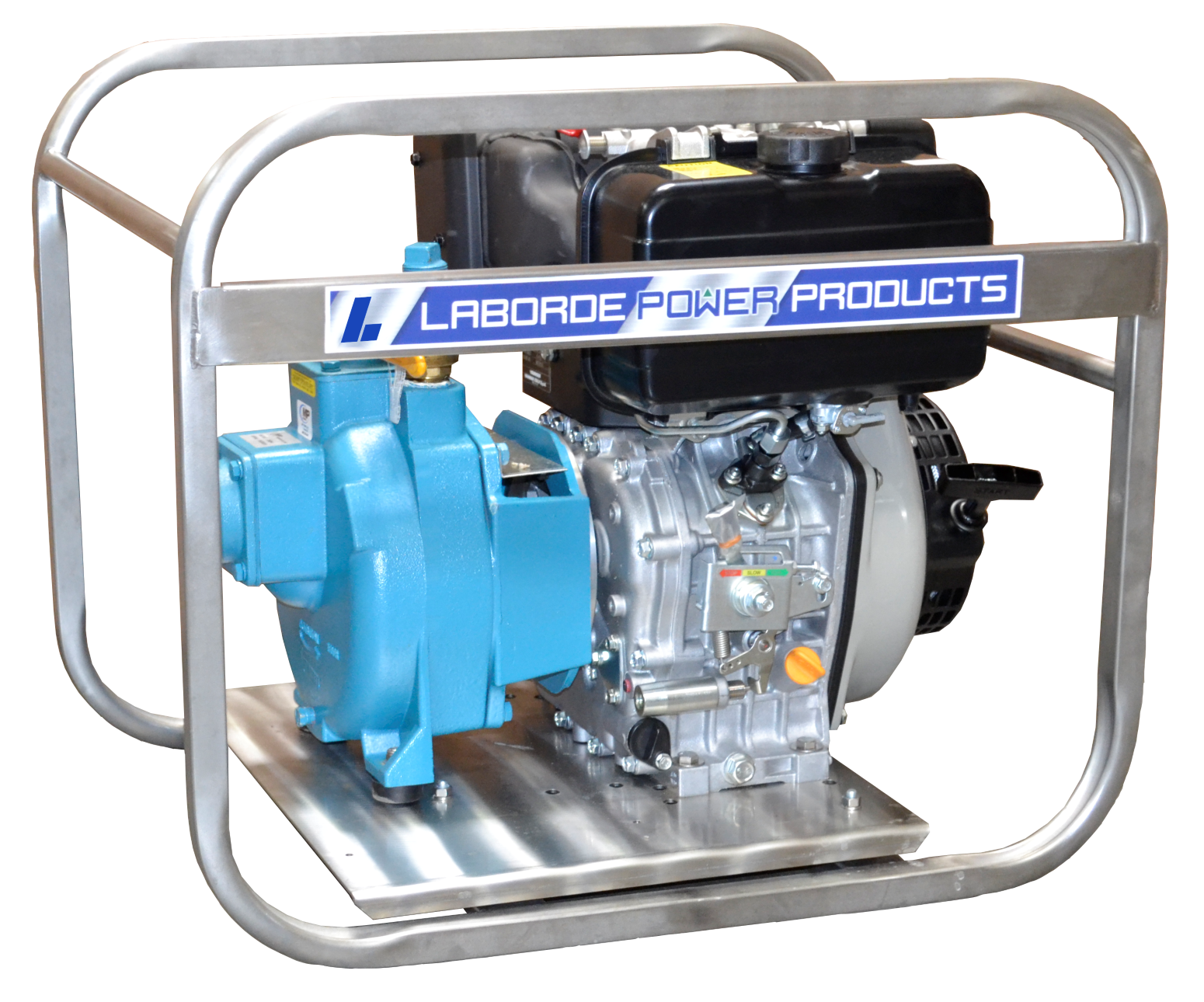From generators to pumps despite its application, Laborde Products lays out the steps to starting and stopping your Yanmar L Series. You'll find the process as easy as one, two, three.
1. Never run your engine dry
Whether you’re starting the Yanmar L100, Yanmar L70, or any other engine in Yanmar’s L Series engine line up, this is the most important step to remember. Making sure your engine is fueled up, with proper oil levels and all of its essential fluids. Without fuel, clearly the engine will fail to run, but most importantly without oil or low oil levels you may cause significant damage to your engine causing it to seize up. In the case of the application you're using, for example a diesel portable pump, it’s incredibly important to have water flowing through the pump. Without the presence of water the seal inside of your pump will melt and damage the unit.
2. Engaging the compression lever
You may ask yourself what a decompression lever is or how it applies to your L Series Yanmar Diesel Engine. A decompression valve, or a decomp lever is specifically designed to release some of the combustion within the engines combustion chamber while starting, this valve allows for an easier turn over when pulling the recoil rope or pull rope. To engage the decomp lever you will pull the recoil rope at a moderate pace until the lever is engaged.
3. Start your yanmr l-series engine
On the side of your Yanmar Diesel Engine you will find a lever showing stop, slow, and run. It should be set in the off position to begin. For the purposes of this article you will want to set the engine to run. Once set, you will disengage the decomp lever. Lastly, pull the recoil rope quickly to start your engine.
Stopping you Yanmar L-Series Diesel Engine
To stop your L Series Diesel Engine you’ll want to set the Start/Stop lever to the stop position, and this will immediately kill the engine. For the application of a portable or trash pump you will want to be sure to disconnect the hose first and then set your engine to stop. From here you’ll drain the excess water, note that this is an important step to ensure that the pump's impeller won’t freeze to the volute, if it does, this will cause your engine to freeze.

